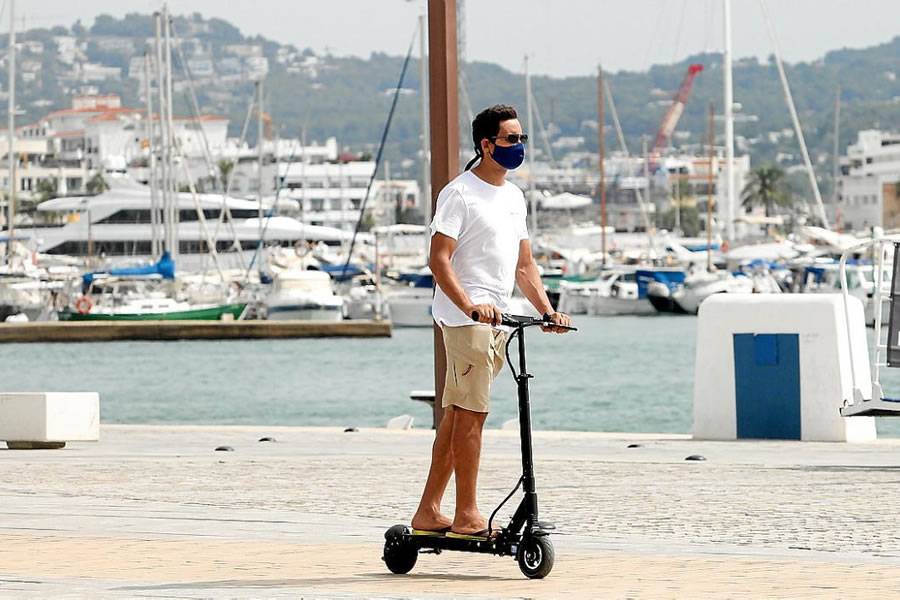The new DGT manual clarifies rules of use and fines for electric scooters
- 16-04-2022
- National
- Canarian Weekly
Renting an electric scooter on holiday sounds like a great idea, however, most areas of the Canary Islands, especially the tourist areas, aren’t yet set up for them as they don’t have the volume of cycle lanes that metropolitan areas have, and using them on pavements is illegal meaning you have to venture on to main roads with no protection, which is not a great idea.
The recent introduction of the manual, which includes the characteristics of personal mobility vehicles (VMP), forces the popular electric scooters to meet a series of technical requirements (dimensions, wheels, brakes, lights, indicators etc) in order to circulate on roads.
In fact, all those that are marketed from January 22nd, 2024 will not only have to respect these requirements, but must also have a circulation certificate for that specific brand, model and version.
“It is about guaranteeing road safety and protection, both for the person driving the vehicle and for other users. And, in the background, the objective is that the vehicles that go on the market have maximum guarantees of quality and durability,” explains the General Directorate of Traffic (DGT).
The manual also outlines the fines that are already, and will come into force if these requirements are not met:
- Not wearing a helmet: 200 euros.
- Driving with more than one person: 100 euros.
- Driving on pavements/pedestrian walkways: 200 euros.
- Driving with headphones/air pods on or using the mobile phone: 200 euros.
- Driving on dual carriageways, motorways, in tunnels, or on zebra crossings: 200 euros.
- Driving without lighting and without reflective clothing at night: 200 euros.
- Testing positive for alcohol or drugs: From 500 to 1,000 euros.
- Parking in a place not allowed: Fines are regulated by each city council.
However, If you have recently bought an electric scooter or plan to get one in the near future, don't worry, as the regulations establish a transitory period in which both manuals will coexist.
This means that, "all personal mobility vehicles marketed until January 22nd, 2024 may circulate without being certified until January 22nd, 2027", states the DGT mandate, although what is obligatory is the use of a helmet which came into force in March of this year.
What is a VMP?
The definition of a VMP, personal mobility vehicle, includes vehicles with two or more wheels and a single-seat powered by a battery, such as stand on electric scooters, sit on electric scooters, and also electric bikes.
"The maximum speed at which scooters can circulate is 25km/h, both on the road and in cycle lanes," inform the Organization of Consumers and Users (OCU).
If it does not reach 6km/h, it is considered to be a toy and is not required to comply with the regulations that govern the circulation of this type of vehicle.
In 2020, 8 people got killed and almost a hundred had to be admitted to hospital with injuries from accidents involving scooters, which has led those responsible for urban mobility to regulate the characteristics of this type of vehicle.
Other articles that may interest you...
Trending
Most Read Articles
Featured Videos
A Vision of Elvis Tenerife Promo
- 10-05-2025
Tenerife Travel Guide
- 13-12-2024
Live webcam from Lanzarote airport
- 13-12-2024





























































